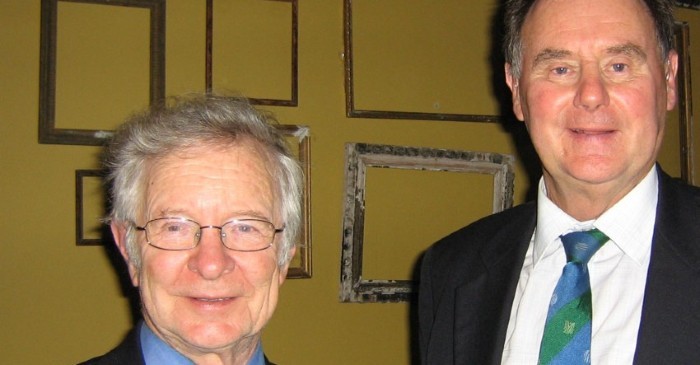English mathematician Tony Lewis, who was renowned for inventing the Duckworth-Lewis (D/L) rain rule for limited-overs format in cricket, passed away at the age of 78 on Wednesday (April 1).
Lewis along with his fellow mathematician, Frank Duckworth, formulated the rain rule method that was first used during the second ODI played between Zimbabwe and England in 1996-97, which Zimbabwe won by seven runs. The International Cricket Council (ICC) legitimately adopted the rain rule during the 1999 World Cup.
In 2014 the title of D/L method was renamed to DLS as Steven Stern, the mathematician from Queensland, made adjustments to the rule by taking into consideration modern-day scoring rates, and the Duckworth-Lewis-Stern method was levied in the 2015 World Cup.
The England and Wales Cricket Board (ECB) revealed the sad news and said the game is deeply indebted to both Tony and Frank’s contribution.
“It is with much sadness that the ECB has learned of the passing of Tony Lewis MBE, aged 78,” ECB said in a statement.
“Cricket is deeply indebted to both Tony and Frank’s contributions to the sport. We send our sincere condolences to Tony’s family,” the statement read.
Before the DLS, different methods had been used to resolve rain-affected cricket games, with the most common being the Average Run Rate method and the Most Productive Overs method.
The Average Run Rate method took no account of how many wickets were lost by the team batting second. It merely reflected how quickly they were scoring when the match was interrupted. So, if a team felt a rain stoppage was likely, they could attempt to force the scoring rate without regard for the corresponding highly possible loss of wickets, skewing the comparison with the first team.
On the other hand, the Most Productive Overs method also took no account of wickets lost by the team batting second. It actually penalised the team batting second for good bowling by ignoring their best overs in setting the revised target.
During the semi-final match of 1992, the World Cup was played between South Africa and England; the Most Productive Overs method was used. The rain stopped play for 12 minutes with South Africa needing 22 runs from 13 balls. However, the revised target left South Africa needing 21 runs from one ball, a reduction of only one run compared to a decrease of two overs. It was undoubtedly an impossible target as one could maximum score from one ball is six runs.
After this Duckworth had said, “I recall hearing Christopher Martin-Jenkins on the radio saying ‘surely someone, somewhere could come up with something better’ and I soon realised that it was a mathematical problem that required a mathematical solution.”
Lewis, who was born in Bolton in Lancashire, graduated from Sheffield University with a degree in Mathematics and Statistics. Lewis and Duckworth were appointed MBEs in the 2010 British honours for their services to cricket and mathematics.
